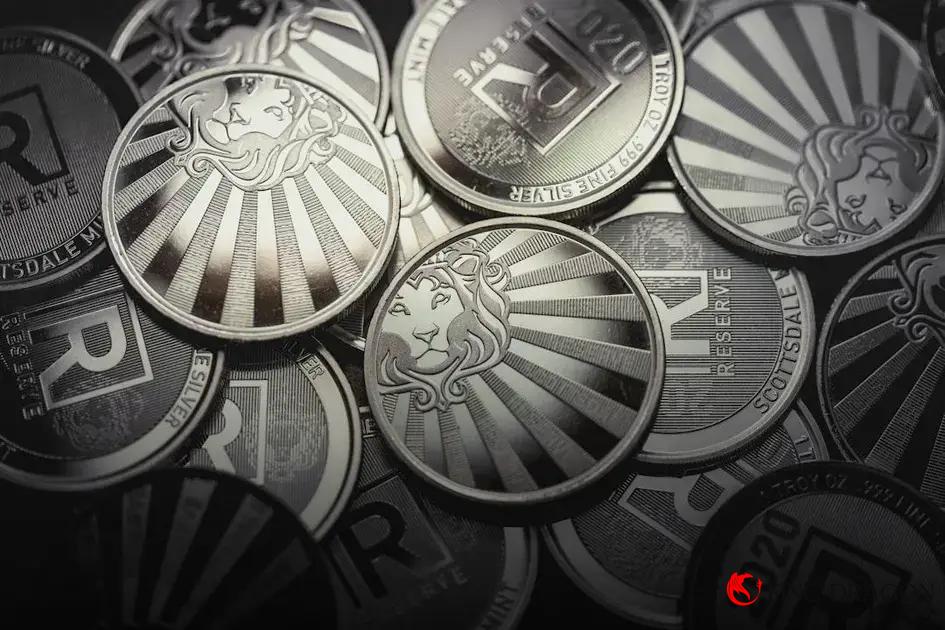Building credit from scratch in 2025 can seem challenging, but it’s a crucial step for financial independence. Understanding the basics of credit, exploring different credit types, and following a step-by-step guide will set you on the right path. This article will provide essential tips to maintain a healthy credit score in the future.
Understand the Basics of Credit
Credit plays an essential role in modern finances. It signifies trustworthiness to lenders and influences borrowing potential. Understanding credit basics is crucial for anyone beginning their credit journey. Credit essentially represents an agreement between a borrower and a lender where the borrower receives money, goods, or services upfront with the promise to repay later.
A credit score is a numerical representation of your creditworthiness. Scores typically range from 300 to 850, with higher scores indicating better credit. Payment history is the most significant factor affecting your score. On-time payments positively impact your score, whereas late or missed payments can damage it.
Credit can be revolving or installment-based. Revolving credit, like credit cards, allows you to borrow up to a set limit and carry a balance. You pay interest only on the borrowed amount. Installment credit includes loans that require regular payments over time, such as mortgages or auto loans.
Becoming familiar with concepts like credit utilization rate, which measures the balance you owe relative to your credit limit, is vital. Keeping this rate below 30% helps maintain a healthy credit score.
Understanding how credit reports work is also essential. These reports are detailed records of your credit history. It’s important to review them regularly for accuracy, as errors can negatively impact your credit score.
Explore Different Types of Credit

Understanding different types of credit can significantly impact your financial health. There are several distinct types, each with its own terms and conditions. Revolving Credit is a flexible credit line you can keep using until you reach your limit. Credit cards are the most common form of revolving credit and require careful management to prevent debt accumulation.
Installment Credit requires you to repay the borrowed amount through regular payments over time, such as auto loans and mortgages. This type of credit often has a set term and fixed interest rate, making budgeting straightforward.
Service Credit involves paying for services over time, typically monthly. Utility bills and telephone contracts are standard examples. Keeping regular payments on track helps maintain a good credit history.
Banks and lenders also offer Secured Credit, where you need to provide collateral for the borrowed amount, reducing risk for the lender. This is commonly used for higher-risk borrowers or those beginning to build credit.
Understanding these types of credit is crucial as each contributes to your credit history and can affect your credit score. Selecting the right type depends on your financial situation and goals.
Step-by-Step Guide to Building Credit
Building credit from scratch can seem daunting, but by following a few key steps, you can establish a solid credit history. Below is a step-by-step guide to get you started on the path to a good credit score.
- Open a Credit Card: Begin by applying for a secured credit card or a starter credit card. Choose a card with low fees and make sure it reports to the major credit bureaus.
- Pay Bills on Time: Timely payments are crucial for building credit. Set up payment reminders or automatic payments to ensure you never miss a due date.
- Use Credit Responsibly: Utilize your credit card wisely. Keep your credit utilization rate below 30% of your total credit limit.
- Check Your Credit Reports: Regularly review your credit reports to ensure there are no errors. Report any discrepancies to the credit bureau promptly.
- Avoid Unnecessary Debt: Only take on debt you can manage. Understand the terms of any loan or credit agreement before signing.
- Build a Diverse Credit Mix: Once you’re comfortable managing a credit card, consider adding other types of credit, such as a small personal loan, to diversify your credit portfolio.
- Don’t Close Old Accounts: Keeping older credit accounts open can positively impact your credit history length, which is a factor in your score.
By following these steps diligently, you are more likely to establish a strong credit foundation.
Maintenance Tips for a Healthy Credit Score

Regular monitoring of your credit report is crucial to maintain a healthy credit score. This practice helps you detect any errors or suspicious activities early, which can prevent potential damage to your credit standing. You can access a free credit report from each of the major credit bureaus annually through AnnualCreditReport.com.
Keep your credit utilization ratio low by staying well below your credit limit. Ideally, it should be under 30% of your total available credit. This demonstrates responsible credit behavior and positively impacts your score. Set up automatic alerts to remind you to pay your bills on time, as even a single missed payment can significantly damage your credit health.
Consider each of your financial obligations. When paying off debt, start with high-interest accounts and gradually pay off lower-interest ones. This not only saves money but also reflects well on your financial discipline.
Review and manage old accounts carefully. Closing accounts may seem beneficial, but it can actually hurt your score by reducing your overall available credit. Keep accounts active to maintain a long credit history.
If possible, request a credit limit increase. This can enhance your credit utilization ratio as long as your spending does not increase accordingly.
It’s important to avoid opening too many new accounts at once. Rapid applications can decrease your credit score as they create multiple hard inquiries. Instead, focus on using and maintaining a smaller number of accounts responsibly, which strengthens your credit profile over time.





